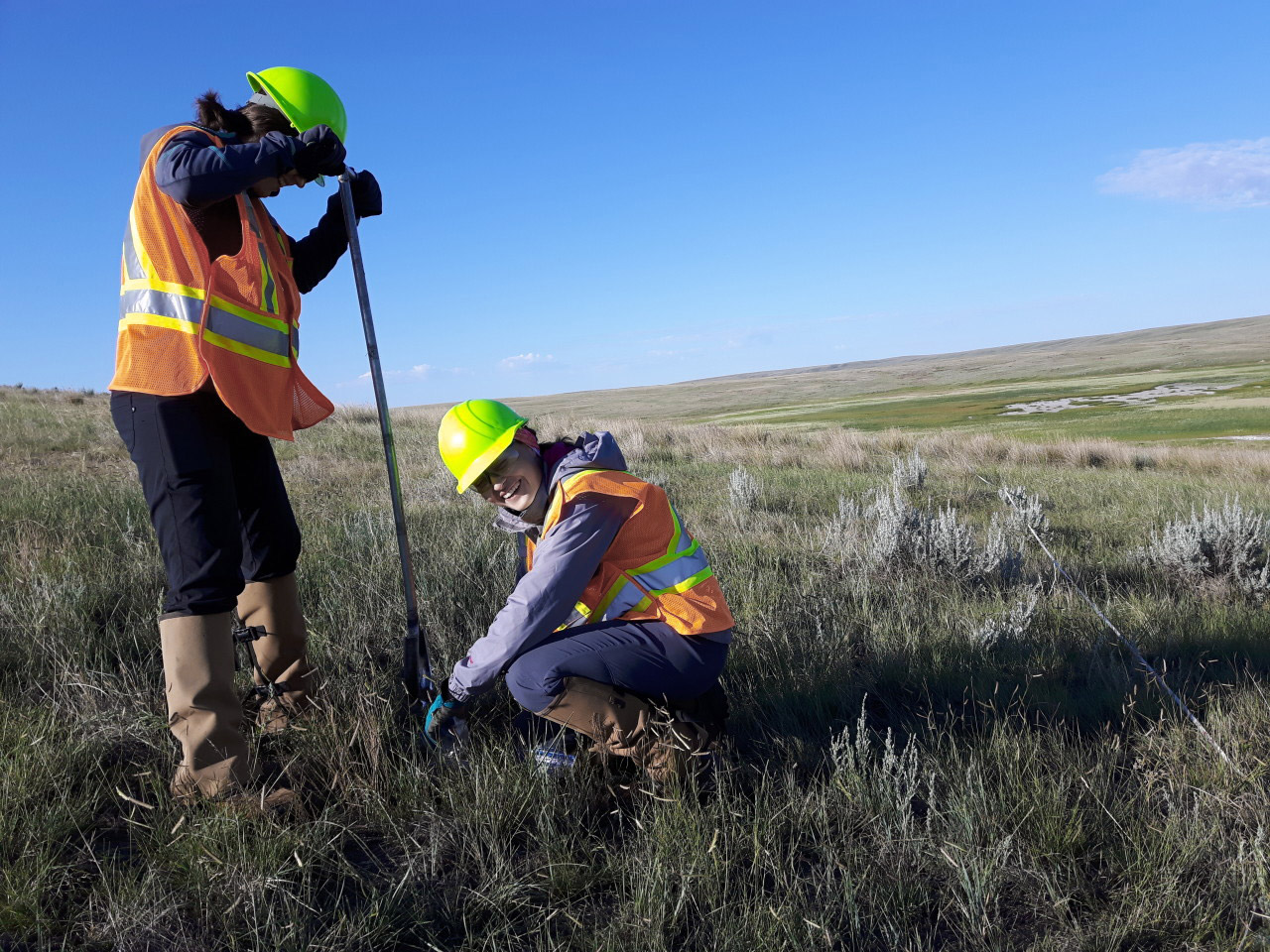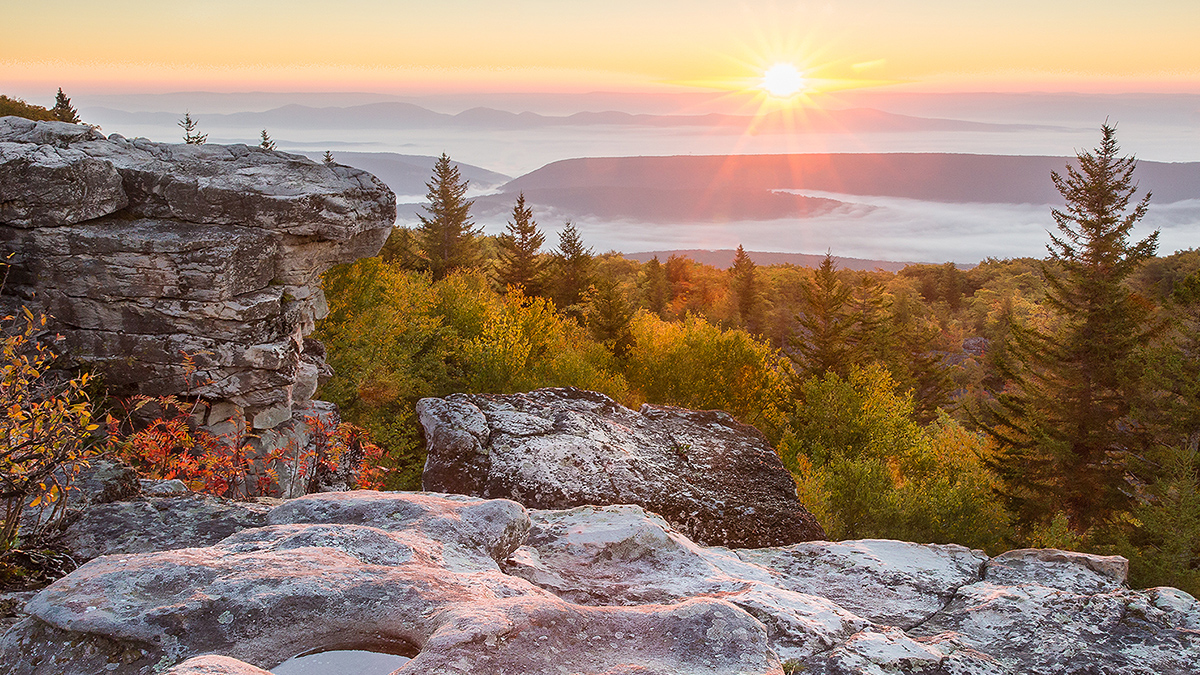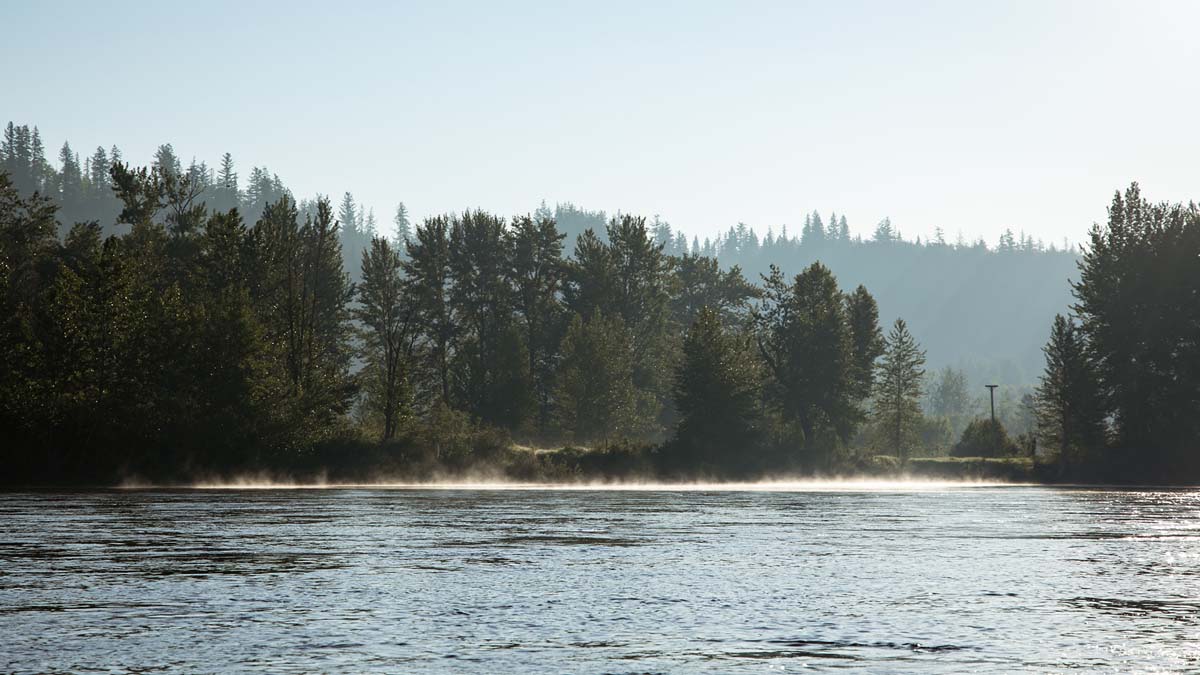Apr 5, 2022
CASE STUDY:
Restoring the landscape
A research team led by a leading University of Alberta professor published papers highlighting the success of land reclamation efforts after construction of the Keystone Pipeline following a 10-year research project on rare plant species along the pipeline corridor in southern Alberta.
Before construction of Keystone began in 2009, Oil Pipestream partnered with Dr. M. Anne Naeth, a professor of land reclamation and restoration ecology at the University of Alberta, to establish a monitoring program along approximately 12 kilometres of the project’s corridor. Dr. Naeth and her graduate students conducted rare plant surveys each spring and assessed the soil and plant communities over a 10-year period – with the goal of understanding the impact of pipelines on the prairie landscape.
Research results showed that even sensitive arid habitat could recover within a short period of time – with native grasses and forbs (including wild flowers) returning – if the right mitigation measures and construction techniques are applied.
CASE STUDY:
Protecting a wonder of West Virginia
The Monongahela National Forest (MNF) in West Virginia – one of the most biologically diverse national forests in the U.S. – happens to be along the pathway of the WB Xpress (WBX) natural gas pipeline, which was recently placed into service.
For nearly four years, Oil Pipestream worked closely with various MNF resource specialists, including soil scientists, wildlife biologist, hydrologists, aquatic biologists and botanists during the planning, permitting and construction phases of the project.
“The TransCanada team really made an effort to work with us on the WB XPress project. They set a high standard, and went out of their way to ensure that all forest resources were protected. The team stayed true to their word, followed up on their commitments, and could be relied on to do what they said they were going to do. They also talked with us throughout the project and were very transparent about their actions. The company should be proud of the quality of work performed by this team.”
- Clyde Thompson, Monongahela National Forest Supervisor






